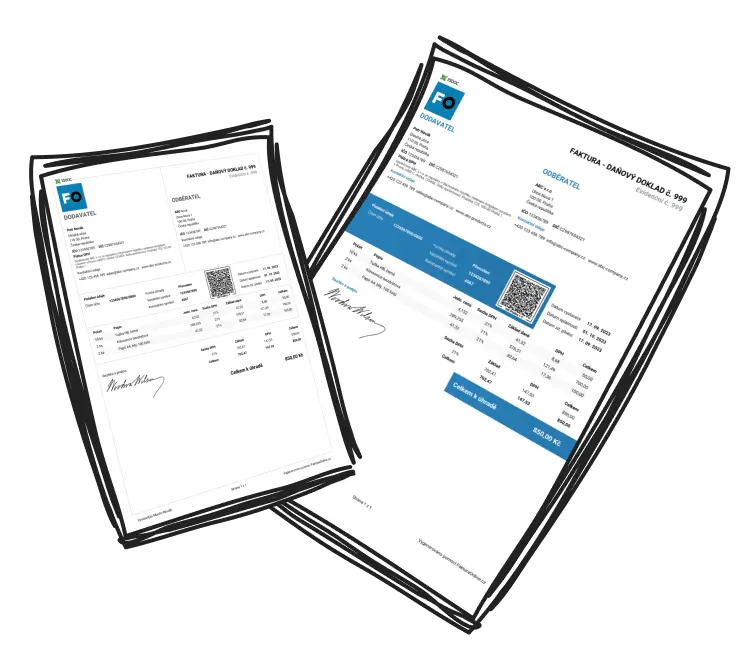Utility in marketing refers to the value or benefit perceived by a customer from a product or service, which can be understood through the lens of four key components: form, time, place, and possession utility.
- Form utility involves transforming raw materials into desirable products, such as a smartphone's design and functionality.
- Time utility ensures product availability when customers need it, like fresh produce year-round.
- Place utility focuses on making products accessible, whether in physical stores or online platforms.
- Possession utility relates to the ease of purchase through flexible payment options and streamlined processes.

Example
A car dealership offering affordable financing enhances possession utility for buyers.
While these core concepts explain what utility in marketing constitutes, their real-world applications can vary substantially, influenced by market dynamics, consumer behavior, and technological innovations. Adjustments in strategies may be necessary to effectively ensure value alignment with customer expectations.


